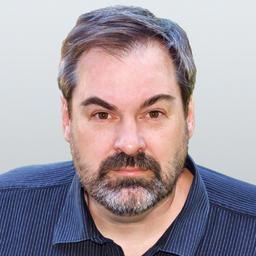First responders stood silently in Queen’s Park in Toronto at the provincial legislature on Sept. 13 to protest mandatory COVID-19 vaccination programs.
“First Responders for No Mandates” read one sign seen among the protesters, online videos of the event show. “Frontline for Freedom” read another.





